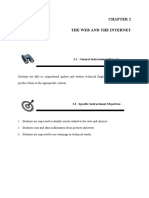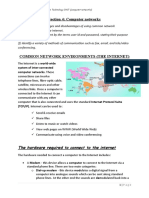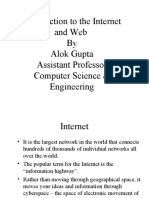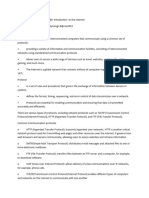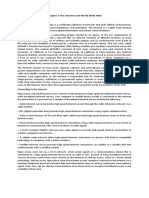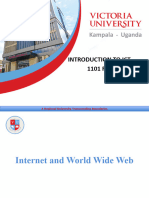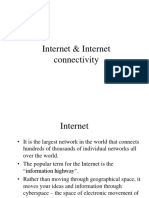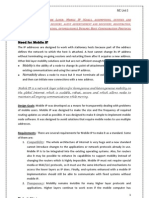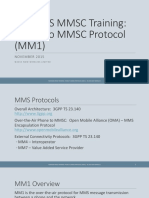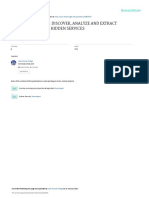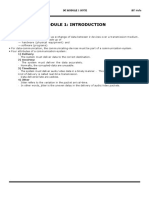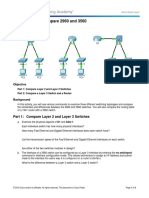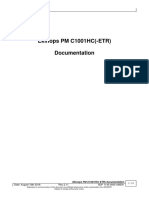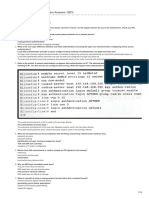0% found this document useful (0 votes)
104 views6 pagesThe Web and The Internet: Learning Outcomes
1. The document discusses internet access, including dedicated and dial-up access. Dedicated access keeps a subscriber's computer directly connected at all times, while dial-up requires a telephone modem but is less convenient.
2. All information on the internet is transmitted in packets, which have headers specifying how they are processed using TCP/IP protocols.
3. Routers examine packet headers to determine destination and forward packets to other routers, allowing packets to travel between networks until they reach their destination. TCP/IP also ensures packets arrive complete and intact and can find alternative routes if failures occur.
Uploaded by
Rahmat HidayatCopyright
© © All Rights Reserved
We take content rights seriously. If you suspect this is your content, claim it here.
Available Formats
Download as PDF, TXT or read online on Scribd
0% found this document useful (0 votes)
104 views6 pagesThe Web and The Internet: Learning Outcomes
1. The document discusses internet access, including dedicated and dial-up access. Dedicated access keeps a subscriber's computer directly connected at all times, while dial-up requires a telephone modem but is less convenient.
2. All information on the internet is transmitted in packets, which have headers specifying how they are processed using TCP/IP protocols.
3. Routers examine packet headers to determine destination and forward packets to other routers, allowing packets to travel between networks until they reach their destination. TCP/IP also ensures packets arrive complete and intact and can find alternative routes if failures occur.
Uploaded by
Rahmat HidayatCopyright
© © All Rights Reserved
We take content rights seriously. If you suspect this is your content, claim it here.
Available Formats
Download as PDF, TXT or read online on Scribd
/ 6
